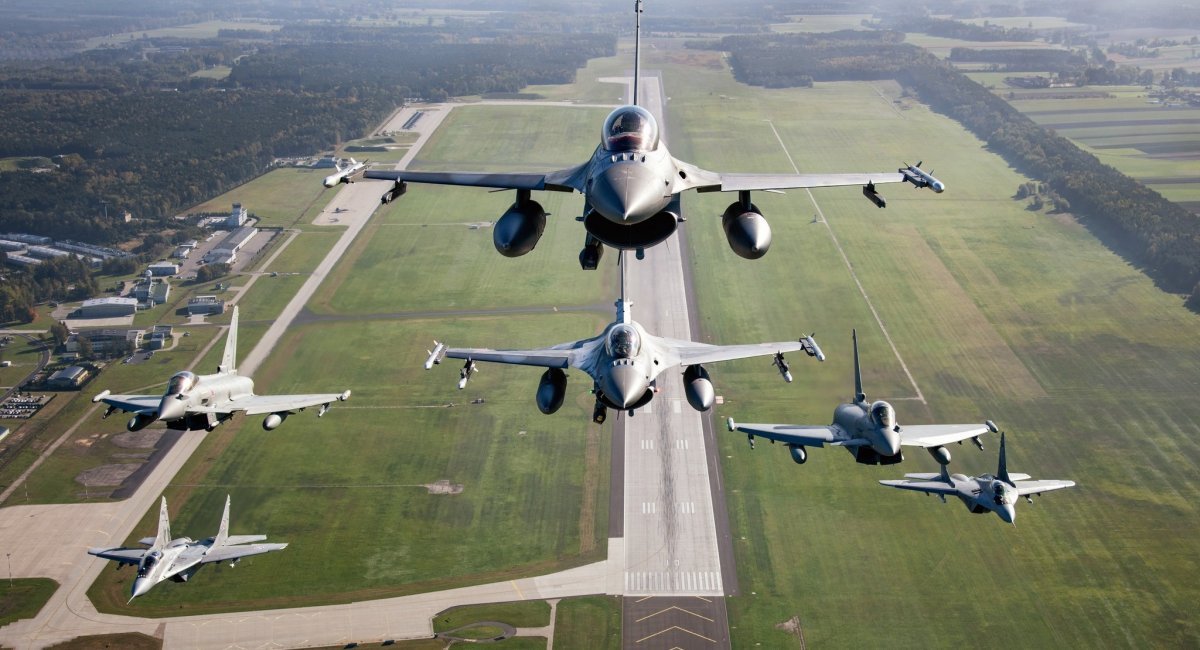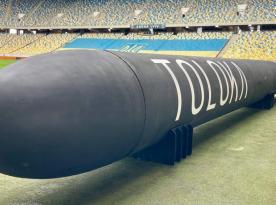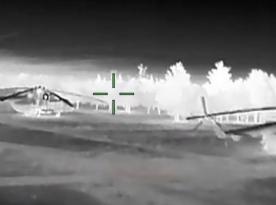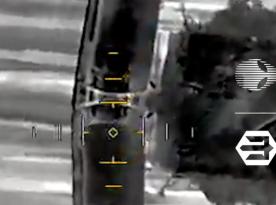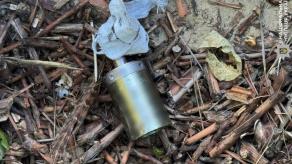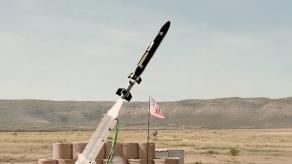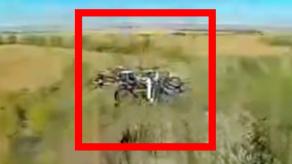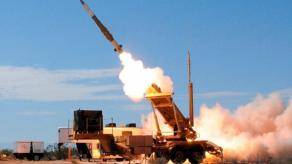The crash and explosion occurred near the village of Osiny in Lublin Voivodeship, about 100 kilometers from the border. The drone, almost certainly a russian Shahed, has raised serious questions about how such an incident could occur.
Warsaw regularly reports that its aircraft are scrambled during russia's large-scale strikes on Ukraine. For Poland, the threat is both constant and evident. Moreover, the Polish Armed Forces cannot be said to lack resources.
Read more: Evidence Points to Another russian Shahed-136 Incursion 100 km into Poland, Warsaw Starts With Denial Again
The Polish Air Force fields 48 F-16s, 12 FA-50s, and 11 fully combat-capable MiG-29s. To detect low-flying targets, it relies on Saab 340 AEW early warning aircraft and is currently deploying a radar balloon system under the Barbara program.
This is not all. NATO's joint air policing mission also operates in Poland, with allied aircraft stationed at Polish bases to reinforce security. Just two weeks ago, five German Eurofighter jets were deployed to the 23rd Air Base in Mińsk Mazowiecki.
This base, which also hosts the 1st Tactical Air Squadron with MiG-29s, lies only 40 kilometers from the site where the russian drone crashed.
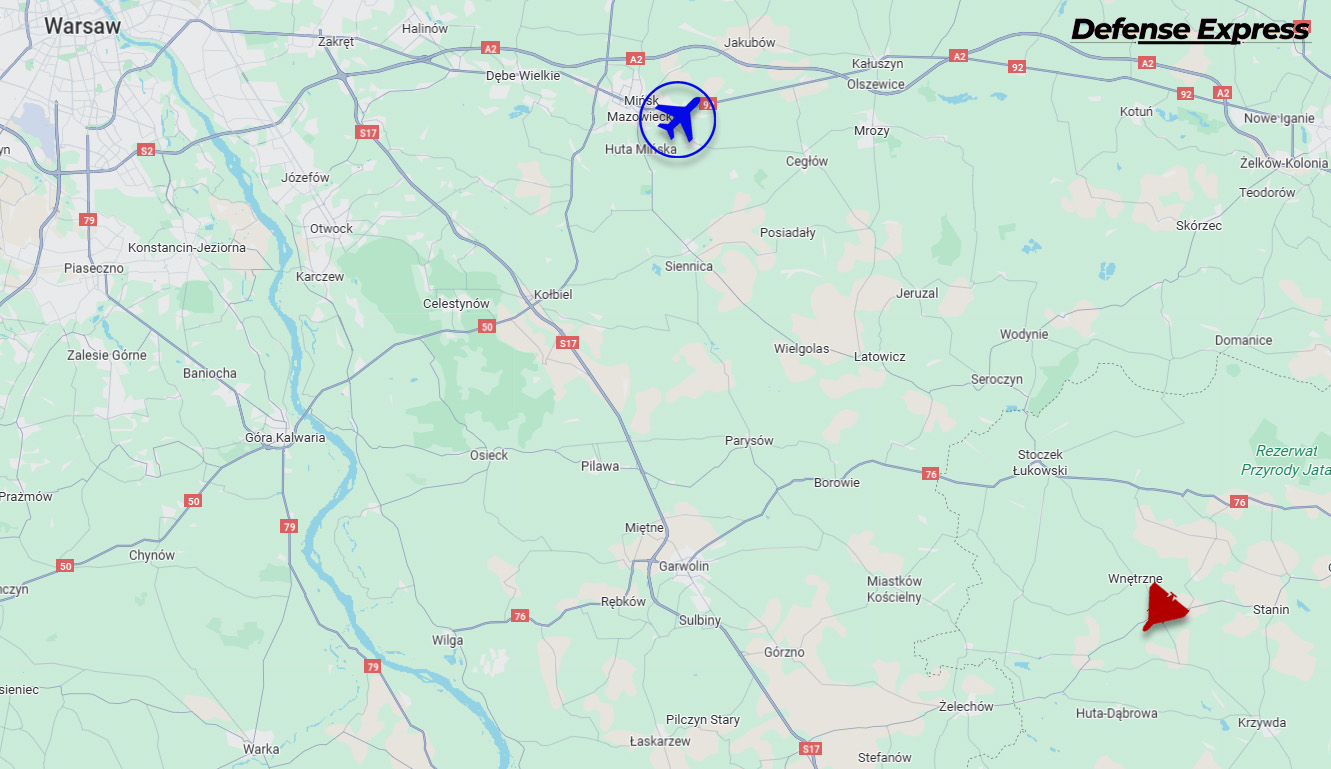
Still, Poland cannot fully cover its borders with ground-based radars capable of detecting low-flying targets, as this would require positioning stations every 30–50 kilometers. Nor does it maintain its surface-to-air missile systems at permanent 24/7 combat readiness. These are designed mainly for point defense. As a result, the air component of Poland's defenses remains the primary line of protection.
In theory, maintaining one AWACS-type aircraft in the air for 3–6 hours, the estimated time it would take Shahed drones launched from russia to reach Poland during strikes on Ukraine, together with a standby fighter pair on the ground, seems entirely feasible. Especially since Poland has two of its own AWACS aircraft and is currently hosting an Australian E-7A.
Why Warsaw has not adopted such a posture may come down to political and financial considerations. Continuous AWACS flights would likely require imposing flight restrictions in a 40–50 km border zone and could quickly deplete the aircrafts' operational lifespan.
On the evening of August 20, Polish Defense Minister Władysław Kosiniak-Kamysz described the incident as a "provocation by russia." Additional details were provided by Deputy Operational Commander Dariusz Malinowski, though some of his statements did not fully align with earlier reports.
Kosiniak-Kamysz noted that around midnight a helicopter was scrambled "as always" during russian drone attacks on Ukraine. Yet the next morning, the Operational Command made no mention of such activity, instead stating: "Poland's air defense system continuously monitors the airspace, remaining in constant readiness to ensure its security." It further added: "After preliminary analysis of last night’s radar data, no violations of Polish airspace were recorded, neither from Ukraine nor from Belarus."
Other details also raise questions. Warsaw's inspection of the debris concluded that the drone was a decoy equipped with an explosive charge. That would suggest a Gerbera (foam-based) or Parodiya (plywood-based) type—both capable of carrying small warheads.
"Our assessment is that this was a so-called decoy unmanned aerial vehicle—a drone designed for deception. It did not carry a warhead, but it had a self-destruct charge… It was designed to be extremely difficult to detect," Malinowski said, noting that the UAV flew at low altitude, which further complicated detection.
Yet decoy drones are not usually designed to reduce radar visibility. Other inconsistencies also stand out: initial reports mentioned plastic debris at the site, not foam or plywood; and the blast was strong enough to shatter windows in a nearby building. Given that decoy drones typically carry charges of about 3 kg, the explosion may have been more powerful than suggested.
Another technical detail: the drone's engine was reportedly a four-cylinder model, whereas russian decoys usually use two-cylinder engines. This raises the possibility that the UAV was a new type, possibly incorporating components from a Shahed.
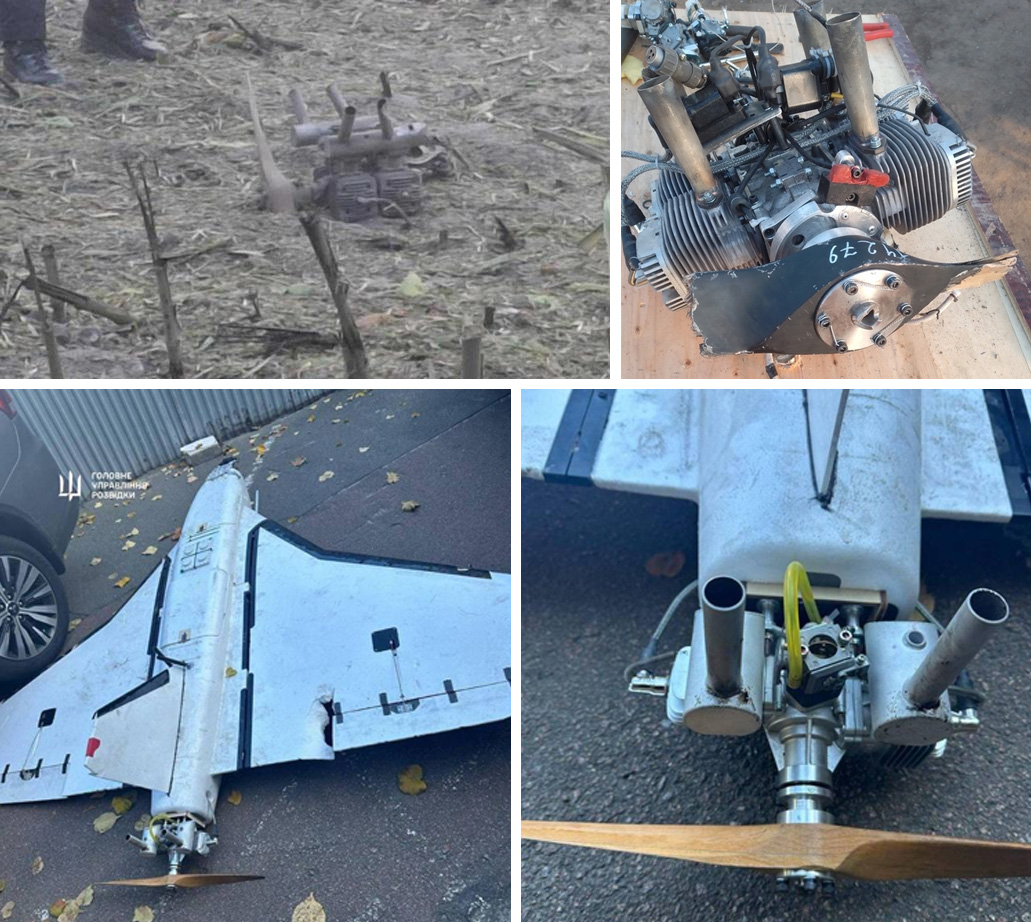
So far, Warsaw has announced no concrete military response, apart from "appropriate diplomatic steps," while reiterating its commitment to strengthening air defenses. The defense minister also reminded that russian drones have previously fallen in other countries: eight times in Moldova, three in Romania, three in Lithuania, and twice in Latvia.
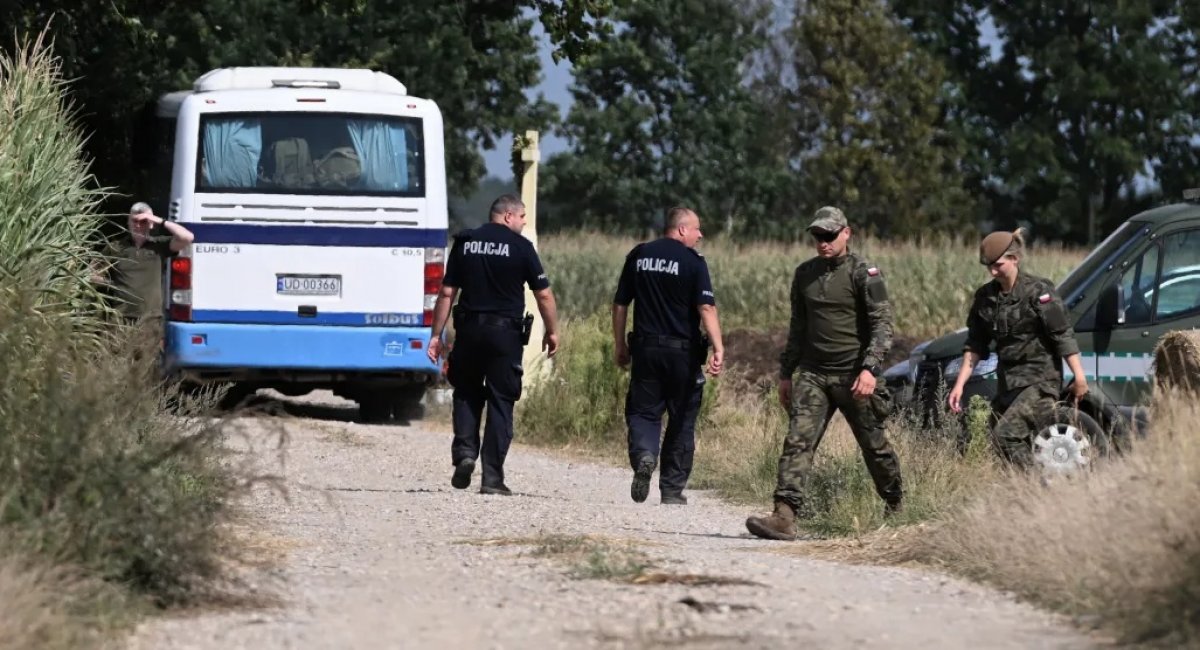
Read more: Romania Discovers russian Geran-1/2 Drone Fragments Near Ukrainian Border




